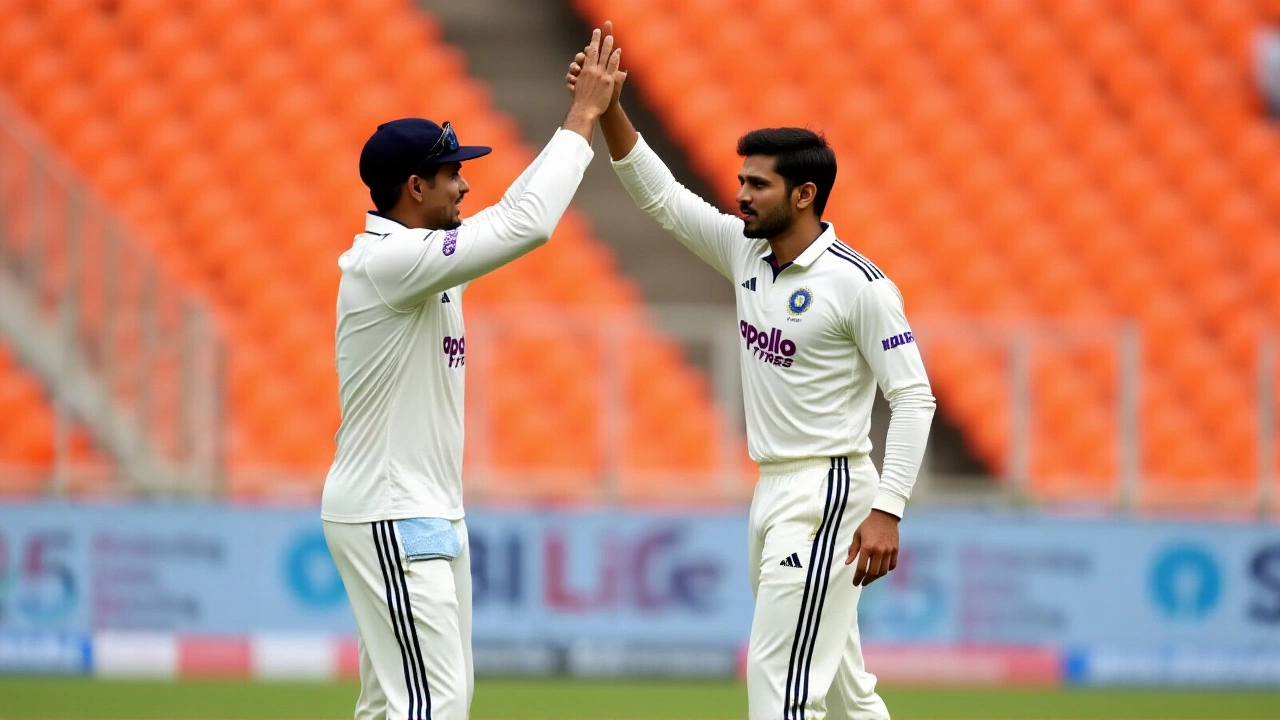Arun Jaitley Stadium – Your Guide to India’s Historic Cricket Venue
When you hear Arun Jaitley Stadium, the legendary cricket ground in Delhi, India, known for its long‑standing heritage and roaring crowds, also called Feroz Shah Kotla, you instantly picture cricket, the sport that fuels its energy, India‑Pakistan rivalry, one of the fiercest match‑ups in the game, and big events like the Asia Cup. The stadium hosts everything from Test debuts to IPL thrillers, making it a must‑visit for any fan.
Why Arun Jaitley Stadium Matters
The venue encompasses historic moments: Sunil Gavaskar’s debut, Sachin’s 200‑run innings, and the dramatic 2018 Asia Cup showdown. It requires top‑notch security, floodlights, and pitch maintenance to keep the action smooth. When India and Pakistan clash here, the atmosphere influences everything—from ticket sales to TV ratings. The stadium’s location in Delhi also connects it to the city’s vibrant culture, street food, and transport network, giving visitors an all‑round experience.
Fans often wonder how the ground stays ready for back‑to‑back matches. The answer lies in its ground staff, who use advanced soil‑analysis tools and grass‑combination techniques to balance swing for fast bowlers and bounce for batsmen. This technical side links stadium management with sports science, ensuring each game feels fresh. Moreover, the venue’s capacity of around 41,000 seats means it can host mega‑events while still offering intimate sightlines for those who love to feel the pulse of the crowd.
Another key player is the Delhi Cricket Association, which oversees scheduling, ticketing, and community outreach. Their outreach programs bring school kids to the ground, sparking the next generation of cricketers. This relationship creates a pipeline from grassroots to the international stage, reinforcing the stadium’s role as a breeding ground for talent.
When the Asia Cup arrives, the stadium transforms into a hub for fans from across South Asia. Media crews set up massive broadcasting units, and local vendors line the perimeter with everything from samosas to team jerseys. The synergy between the event’s marketing teams and the stadium’s operations drives revenue that funds future upgrades, like better LED lighting and expanded parking.
Security is a serious topic, especially after high‑profile matches. The venue works closely with the Ministry of Home Affairs to implement crowd‑control protocols, biometric entry systems, and real‑time surveillance. These measures ensure that fans can enjoy the game safely, even when passion runs high during an India‑Pakistan face‑off.
Beyond cricket, Arun Jaitley Stadium occasionally hosts concerts and cultural festivals, showing its versatility. Musicians appreciate the open‑air acoustics, while city officials value the economic boost from tourism. This multi‑use approach highlights how a sports venue can serve a broader community purpose.
If you’re planning a visit, the best time to experience the stadium’s vibe is during a twilight match. The floodlights flicker on, the crowd erupts, and the city’s skyline provides a stunning backdrop. Pro tip: grab a seat behind the boundary for a clear view of the players’ footwork and the bowlers’ run‑up.
From a historical perspective, the stadium has seen four centuries of cricket evolution—changing batting styles, new bowling techniques, and the rise of T20 cricket. Each era leaves its mark in the form of renovated stands, upgraded scoreboards, and revamped hospitality suites. This layered history offers fans a tangible connection to the sport’s past and future.
Below you’ll find a curated collection of stories that dive into recent matches, behind‑the‑scenes looks at stadium operations, and analyses of the India‑Pakistan rivalry that makes Arun Jaitley Stadium feel like a second home for cricket lovers.
India declare 518/5, West Indies trail by 378 at Delhi Test
India declared at 518/5, leaving West Indies 140/4 and 378 runs behind at Delhi's Arun Jaitley Stadium. Gill's 154 and spin bowling swing the series in India's favor.
Read more